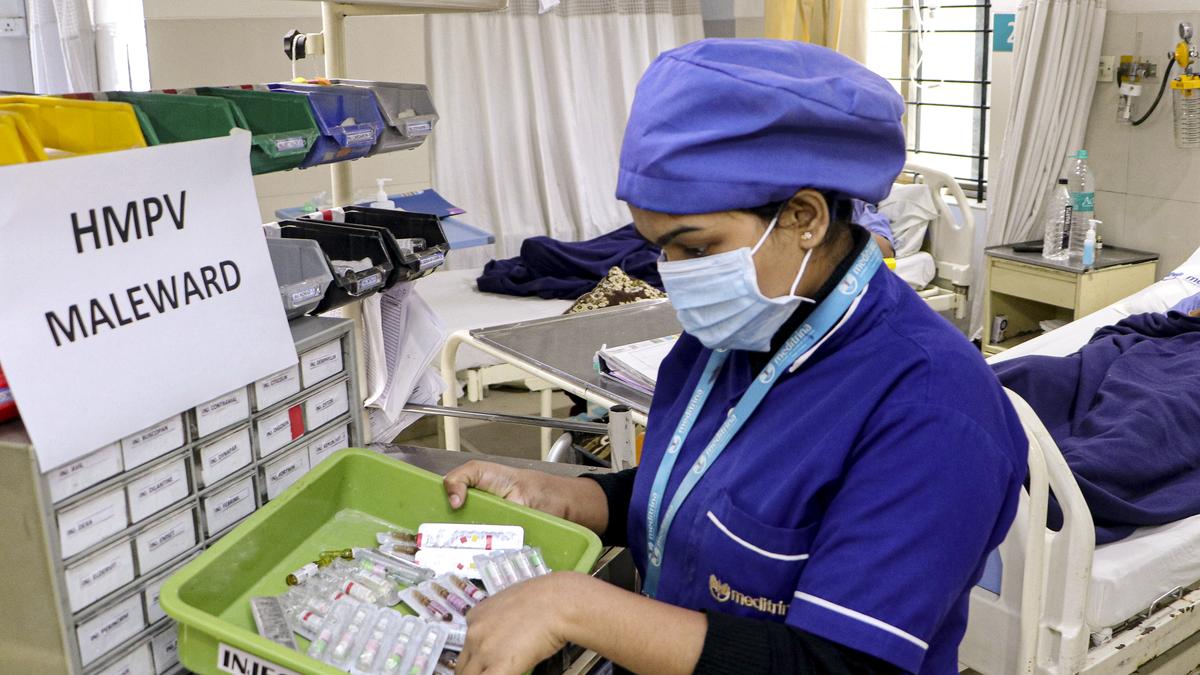Webinar Highlights Need for Transparent, Timely Information to Counter Panic and Misinformation
In an era dominated by swift information dissemination through social media, public health professionals must step up their communication efforts to preempt public concerns, experts emphasized during a recent webinar on Human Metapneumovirus (HMPV). The event, titled HMPV: Differentiating Fact from Fiction, was jointly organized by The Hindu and Naruvi Hospitals, Vellore, under their ongoing ‘Healthy India, Happy India’ initiative on January 11, 2025.
Proactive Communication is Key
Soumya Swaminathan, chairperson of the M.S. Swaminathan Research Foundation and former WHO chief scientist, underscored the importance of fostering scientific literacy to mitigate unwarranted panic. Reflecting on the public’s reaction to initial reports of HMPV, she stated, “It’s vital to bridge the gap between scientific understanding and public awareness. We must dispel myths before they gain traction.”
Adding to this sentiment, Bernhard Schwartländer, an epidemiologist and former WHO official, criticized the outdated approach to health communication. “Relying solely on static announcements on official websites won’t suffice. Public health professionals need to engage proactively, especially when misinformation spreads rapidly on social media,” he remarked. He highlighted that clear, accessible, and timely information could prevent misinformation from spiraling into widespread concern.
HMPV: An Overview
Addressing fears surrounding HMPV, Dr. Swaminathan clarified that the virus is neither new nor a significant health threat. “HMPV has been part of common respiratory infections for a long time. Most children encounter it early in life, and it typically results in mild upper respiratory symptoms,” she explained. While not a major contributor to mortality or severe illness, she emphasized the importance of monitoring such pathogens, particularly in the context of zoonotic diseases.
Schwartländer provided insights into HMPV trends in China, noting that the country’s surveillance systems have observed a predictable rise in respiratory infections, with influenza remaining dominant. The overall distribution of viruses, he said, aligns with patterns seen in previous years.
A Holistic Approach to Emerging Threats
Dr. Swaminathan advocated for adopting a ‘One Health’ perspective, recognizing the interconnectedness of human, animal, and environmental health. She warned that the risk of viruses jumping between species is increasing, with COVID-19 serving as a stark reminder of the potential scale of such threats. “We are living in an age where emerging viruses, previously confined to certain species, are more likely to spill over into human populations,” she stated.
She also emphasized the urgency of strengthening healthcare infrastructure to cope with future outbreaks. “Governments must invest in resilient systems capable of addressing both known and novel pathogens. Preparedness is the only sustainable way forward in a virus-prone world,” she concluded.
Engaging Public Discourse
The webinar, moderated by The Hindu’s health editor Ramya Kannan, concluded with an exclusive Q&A session, allowing subscribers to address their queries directly to the panel. The session highlighted the critical role of open dialogues and fact-based discussions in fostering public trust and awareness.
As the world grapples with evolving health challenges, proactive communication and robust healthcare strategies remain indispensable tools in ensuring collective well-being.


